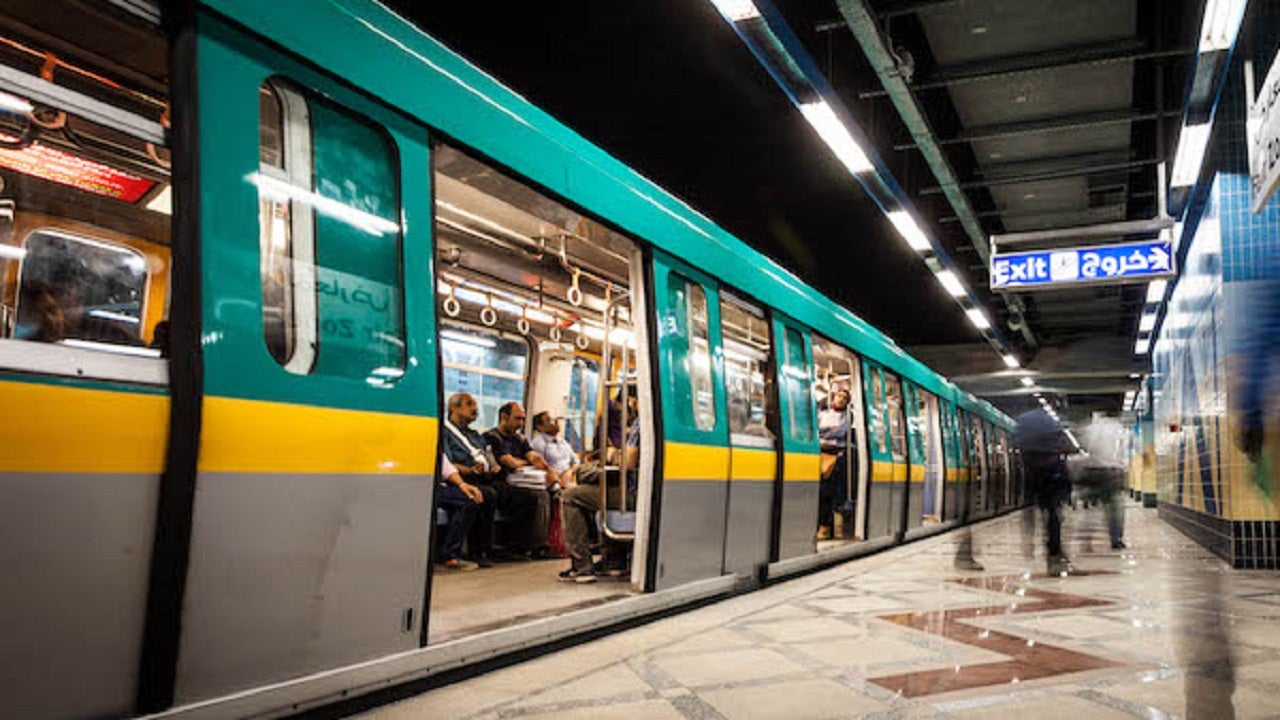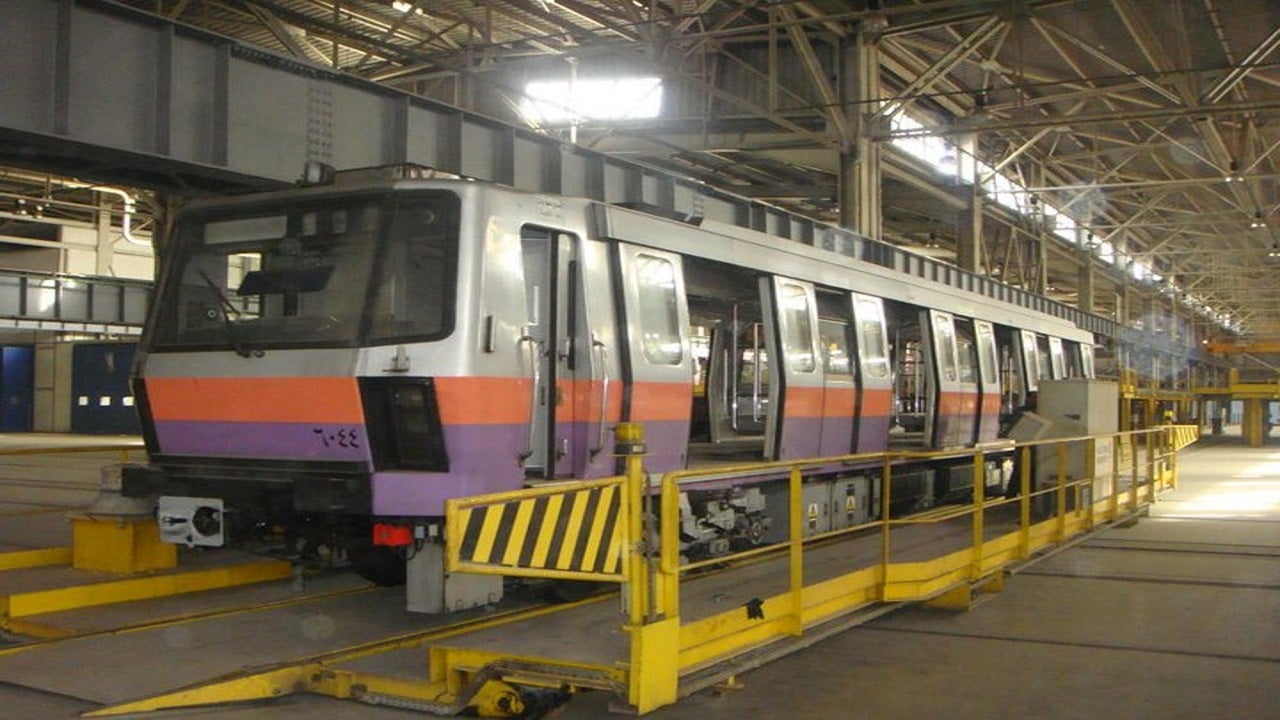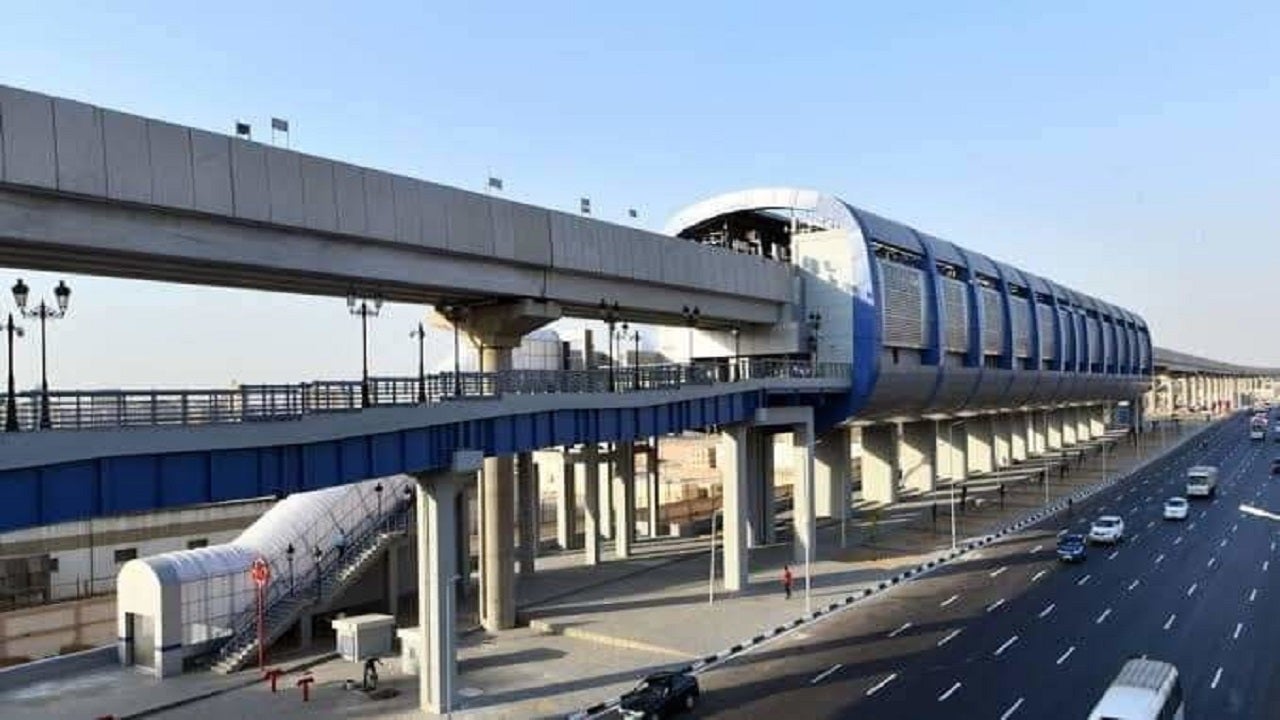Cairo Metro in Egypt is operated by Egyptian National Railways (ENR) and transported up to 3.5 million passengers per day in 2019.
With a population of approximately 20 million, Cairo is one of the most densely populated cities in Africa.
Cairo Metro is the first metro network in Africa and has been operational since 1990. The network consists of three lines, and a further three lines are planned.
Line 4 (24km) extends from Nasr City, Abbassia and Giza, Line 5 (19km) starts from Nasr City passes Heliopolis and ends at Shubra el Keima and Line 6 (21km) connects Maadi, Old City Centre, Shubra el Kheima.
Lines and routes
Completed in 1989, Line 1 is 43km-long with 4.5km underground section. It has 35 stations. It covers the Egyptian capital from the north to the south.
Line 2, was built in two phases, one in 1997 and the other in 2004. It is 22km-long and serves 20 stations from the north to the south-west, covering the district of Shoubra El Kheima to Cairo University and the pyramids of Giza.
Cairo Metro Line 3 will be 47.87km-long with 39 stations. The line will connect areas of east Cairo starting from the ring road El-asher area and El-salam city through the station of Adly Mansour and ends in Imbaba and Rod al-Farag road on the ring road west of Cairo.
Cairo Metro Line 3 phase 1
Construction of Line 3 began in 2007 to accommodate the growing population of Cairo. To be carried out in four phases, construction is scheduled to be completed by 2023.
A major part of Line 3 will be underground. The cut-and-cover method is being adopted to build the stations.
The construction of phase 1 began in July 2007, and was completed in 2011. It was officially opened in February 2012.
The contract was awarded to a consortium led by Vinci Construction Grand Projects, a French construction company. Vinci Construction, which holds a 28.5% stake in the consortium, was given the civil engineering package of the contract in January 2007. Other parties in the consortium include Arab Contractors (27.5%), Bouygues (26%) and local company Orascom Construction Industries (18%).
Approximately 60% of phase 1 was completed by 2009. Roughly 8.3m of the tunnel’s diameter was completed. A tunnel boring machine (TBM) was used to carry out the construction work. Named Cleopatra, this TBM is speedier than other machines and reduces pollution caused from sound and debris. The tunnel required 2,800 rings, for which 22,400 voussoirs were used. Each voussoir is 1.5m-long and weighs 5.7t.
Covering the central section, phase 1 included the construction of a 4.2km tunnel, five underground stations and a repository for rolling stock. The five stations, namely Attaba, Bab el Shaaria, El Geish, Abdou Pasha and Abbasia, will each be 150m-long and located at a depth between 14m and 58m. The tunnel has a diameter of 9.4m.
Cairo Metro Line 3 phase 2
Phase 2 of Line 3 began in May 2009. It comprised different packages for civil, electromechanical and railway works. The 7.2km segment of Line 3 was completed in May 2014, five months ahead of schedule. It includes 4km of underground tunnel and connects five stations.
The €323m ($385m) contract for civil engineering works was awarded to Vinci, while Orascom Construction was awarded contracts worth $140m for civil, electromechanical and railway works.
Vinci Construction Grand Projects received a €40m ($48m) contract from the National Authority for Tunnels (NAT) to extend phase 2 of Line 3 in February 2013. Under the contract, 680m of tunnel extension between the Al Ahram and Haroun stations, as well as the civil engineering at the Haroun station, were completed within 17 months.
Orascom was also responsible for the construction work related to the railway tracks in a joint venture with Eurovia Travaux Ferroviaires (ETF) for a contract valued at approximately $24m. This package included supplying and laying 11km of track and power rail in the tunnel.
Phase 2 extends the underground line eastwards from Abbasiya to Al Ahram (Heliopolis).
Cairo Metro Line 3 phase 3
Phase 3 covers the western section of the underground line and is divided into three parts. Although construction was set to begin in 2011, it was delayed due to Egyptian revolution of 2011.
In April 2016, a €1.1bn ($1.3bn) civil engineering contract was awarded to the consortium led by Vinci for phase 3 of Line 3. SYSTRA was awarded a €60m ($71m) contract to provide general consultancy services for phase 3 of Cairo Metro Line 3. The construction finally began by a consortium of Orascom and Arab Contractors in 2017.
The 4km-long first part will run from al Attaba to Al Kit Kat and add four stations, while the 6km-long second part will run from Al Kit Kat to Rod El Farag, adding six stations. The first part is expected to be opened in December 2021, followed by the second part in June 2022. The third part from Al Kit Kat station to Cairo University will comprise five stations and is expected to be opened in April 2023.
Cairo Metro Line 3 phase 4
The Vinci Construction Grand Projects consortium received a €264m ($315m) contract for the construction of the new phase 4A for Line 3.
In May 2015, the National Authority for Tunnels (NAT) awarded a contract to Alstom for Line 3 phase 4A to provide system and subsystem design, manufacturing, installation, testing, commissioning, training, maintenance for signalling, centralised control and telecommunication systems. Phase 4A added four stations.
In November 2017, Orascom and Arab, an Egyptian joint-venture as the main contractor for phase 4B, awarded Alstom a sub-contract to extend the line 3 with additional four stations and main depot (Adly Mansour). The 7km-long phase 4B was opened in August 2020 and added six stations.
Alstom delivered, tested and completed phase 4 of Cairo Metro Line 3 in August 2020, with a total of 10 stations equipped with its Urbalis signalling solution from Heliopolis to Adly Mansour.
Rolling stock
The rolling stock for the line is being supplied by Mitsubishi. A third rail will be used to feed the rolling stock by power.
Fleet of trains for the line consists of 15 trains with speed 80km/h. Each train consists of two units with a design capacity of 2,200 passengers per train.
Signalling and communications
The signalling and telecommunications system is provided by the G3 Power Supply consortium led by Alstom Equipment. The total value of the contract was €29.8m ($35.5m).
Other parties in the consortium include the Thales Group and Orascom. For the stations, Alstom will provide URBALIS 200 integrated signalling and train-control information system, including a control system, switches and signalling equipment.
The automatic train control and interlocking is provided by Alstom Units in France, while the locally manufactured products, including the automatic train supervision, are provided by CASCO, who will also overlook some of the integration work. ALSTOM Transport Service Shanghai is providing local services for the project.
Future
Line 4 will be assembled in four phases. An $800m contract was awarded to a consortium of Orascom Construction and Mitsubishi for the construction of the underground Cairo Metro Line 4 phase 1 in November 2020. The 19km long Line 4 phase 1 will include 16 stations and will run from central Cairo to the Giza Pyramid Complex in the south-western part of Greater Cairo.
The route will begin at El-Malek El Saleh station on Line 1 and end at October-Oasis Highway station. It will also pass through Giza station on Line 2.
The extension of Line 1 to make it more flexible is planned by shifting the northern terminals of Cairo Metro Line 1 from El Marg station to New El Marg station.
Line 5 will be 20km-long, connecting Nasr city to Port Said Street. It will be a half-circular line connecting to the other lines. The 19km-long Line 6 will extend from north south Shubra to Maadi.










